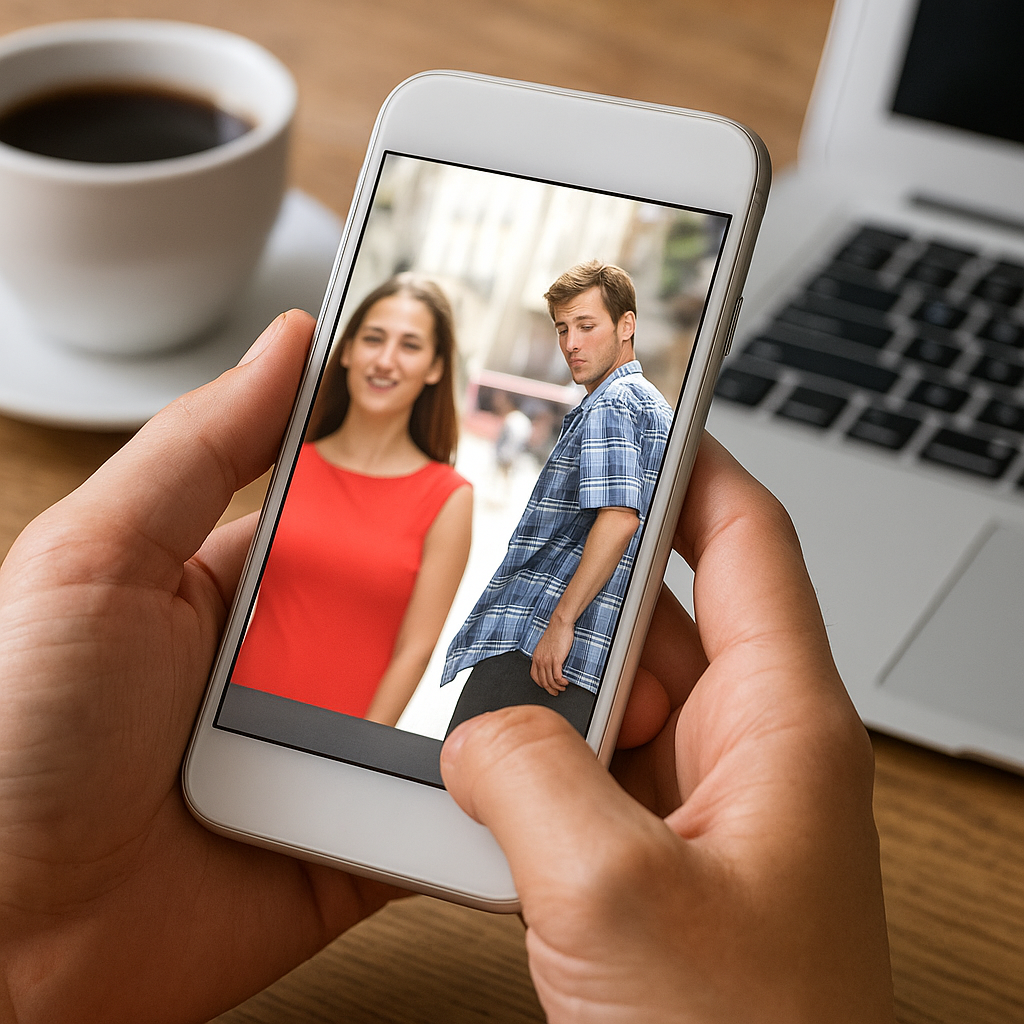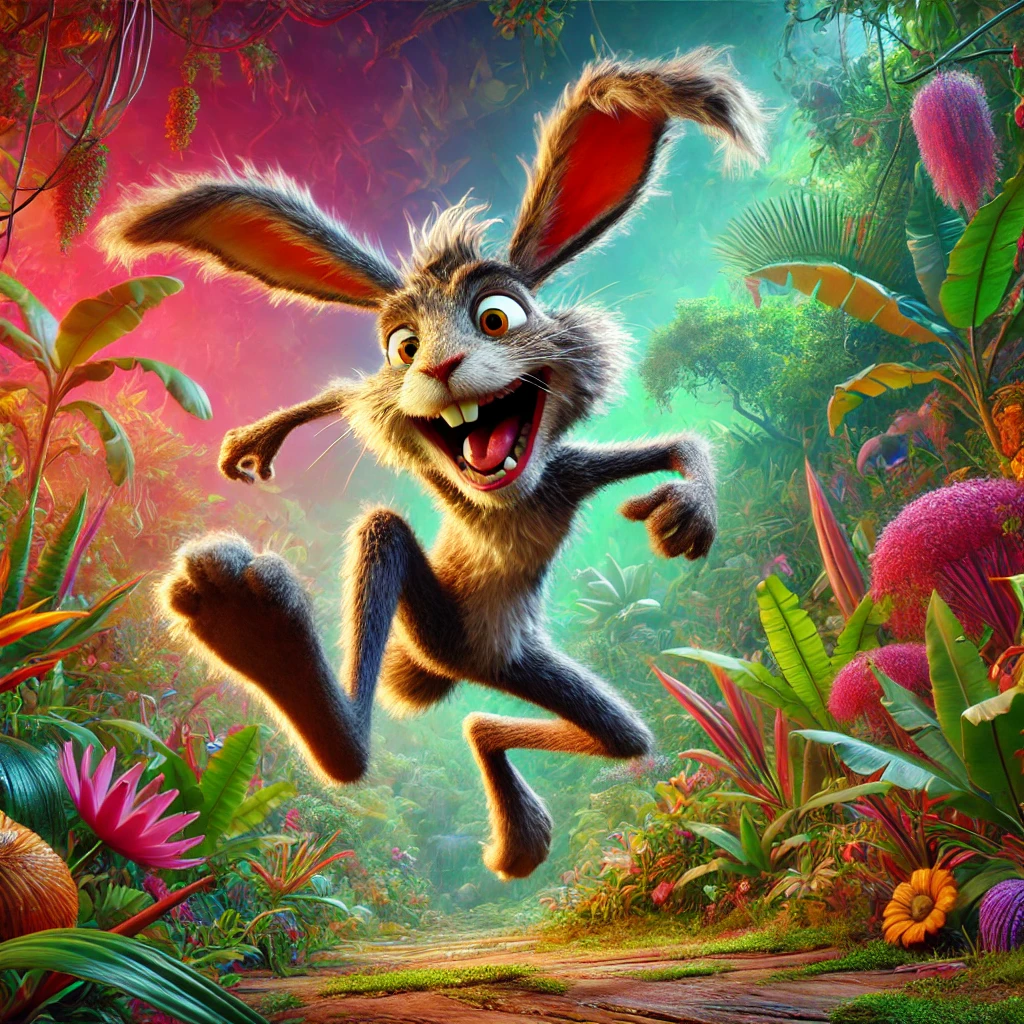In the dynamic world of online communication, brands are constantly searching for fresh ways to capture audience attention and foster genuine connections. One of the most compelling phenomena in recent years has been the proliferation of **memes**—those bite-sized, often humorous units of content that shape conversations across platforms. By leveraging the innate **engagement** and shareability of memes, companies can elevate their marketing strategies, align with emerging **trends**, and cultivate a loyal community of followers eager for relatable, entertaining experiences.
The Rise of Meme Culture in Digital Marketing
Memes began as niche jokes shared among tight-knit internet communities, but they have since exploded into a mainstream cultural force. This shift has been accelerated by the ubiquity of **social media** networks such as Instagram, Twitter, TikTok, and Reddit. As users continuously scroll past polished adverts, raw, humorous content stands out. Marketers recognized early that memes have the power to cut through ad clutter, delivering messages with an authenticity that traditional campaigns often lack.
Memes as Modern Storytelling
At their core, memes function as a form of shorthand communication, delivering punchy narratives or ideas within seconds. Brands harness this power to craft micro-stories that highlight their **brand identity** in contexts relatable to their target **audience**. Whether riffing on pop culture references or tapping into viral sensations, these quick narratives resonate because they’re already part of the cultural lexicon.
The Psychology Behind Virality
What makes a meme go viral? Studies indicate that humor, surprise, and emotional resonance are key drivers. When viewers experience a positive reaction—whether a laugh or an „aha” moment—they’re far more likely to share the content. By designing campaigns around these psychological triggers, businesses amplify their reach organically, ushering in waves of **virality** without needing exorbitant ad spends.
Strategies Brands Employ with Memes
Brands adopt a variety of approaches when integrating memes into their marketing playbooks. We’ll explore some standout strategies that have yielded significant traction and discuss best practices for their application.
Real-Time Marketing and Trend Hijacking
Timing is everything. Seasoned marketers monitor trending topics on platforms like Twitter’s trending sidebar or TikTok’s For You page. When a new meme template emerges, swift adaptation can position a brand at the forefront of online chatter. For instance, clothing retailers have repurposed popular GIF formats to tease upcoming collections, while food chains have playfully incorporated viral dance challenges into promotional campaigns. The objective is clear: leverage a trend’s momentum before it fades.
Branded Meme Templates
Some companies go further by creating their own meme templates. By inventing iconic, shareable imagery or catchphrases tied to their products, brands invite users to participate in co-creation. A well-designed template takes on a life of its own, as fans remix and share it across communities. This approach transforms passive audiences into active contributors, bolstering brand affinity and collective ownership of the message.
User-Generated Content Campaigns
Empowering customers to generate memes referencing the brand can result in authentic, grassroots advocacy. Campaigns often involve contests or hashtag challenges that encourage users to showcase creativity. A successful call-to-action might ask followers to caption an image, invent a punchline, or reimagine a familiar meme format with a brand twist. The reward? Visibility, recognition, and sometimes prizes, all of which fuel continued participation.
Balancing Edginess and Branding
While edgy humor can maximize attention, brands must tread carefully to avoid missteps. A well-timed joke can enhance brand **credibility**, but a misjudged quip might spark backlash. Companies often establish internal guidelines—tone, style, and boundaries—to ensure consistency with their core values. Collaboration between creative teams and legal or PR departments helps strike the right balance between playful irreverence and respectful representation.
Measuring Impact and Future Trends
Successfully deploying memes is only half the battle; quantifying their effectiveness completes the picture. Marketers utilize a suite of **analytics** tools to ascertain whether meme-driven campaigns translate into tangible business outcomes.
Key Performance Indicators
Important metrics include share count, like-to-impression ratio, comment sentiment, and click-through rates. To gauge deeper results, brands track conversion metrics such as website visits, lead acquisitions, and direct sales attributed to meme posts. By integrating UTM parameters and tracking pixels, teams capture insights on user behavior following interactions with meme content.
Assessing Long-Term Value
Beyond immediate engagement, successful meme integration can boost long-term brand recall and strengthen community loyalty. Surveys and social listening platforms help measure shifts in brand perception, sentiment trends, and the growth of organic followership. Brands that consistently deliver entertaining, **authentic** meme content often find themselves top-of-mind when consumers make purchasing decisions.
Emerging Opportunities
As internet culture evolves, so too will the methods through which memes influence digital marketing. Key developments on the horizon include:
- Augmented Reality (AR) Memes: Imagine face filters that transform users into trending meme characters, driving immersive engagement.
- Interactive Meme Ads: Shoppable memes embedded in Stories or Reels that allow for seamless product discovery without leaving the platform.
- AI-Generated Meme Content: Machine learning models that suggest meme formats based on brand tone and target audience behavior, streamlining content creation.
Staying Ahead of the Curve
To sustain momentum, marketing teams must cultivate a culture of experimentation. Regular brainstorming sessions, trend analysis meetings, and open channels for cross-departmental collaboration foster the **creativity** needed to spot the next big meme wave. Additionally, investing in ongoing education—attending webinars, subscribing to trend forecasting services, and engaging with online communities—ensures brands remain nimble and ready to pounce on new opportunities.
Embracing meme culture is no longer just a playful diversion; it’s a strategic imperative for brands seeking to connect with digital-savvy consumers. By understanding the nuances of **audience** psychology, deploying timely and authentic content, and rigorously measuring outcomes, companies can harness the full potential of memes to fuel growth, spark conversations, and build a vibrant online community.



